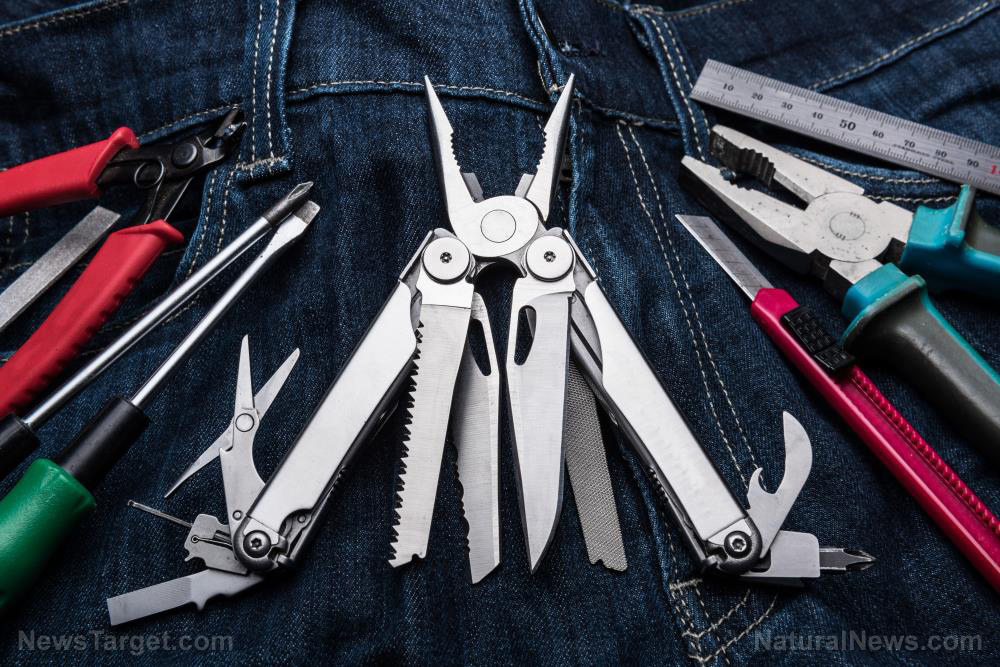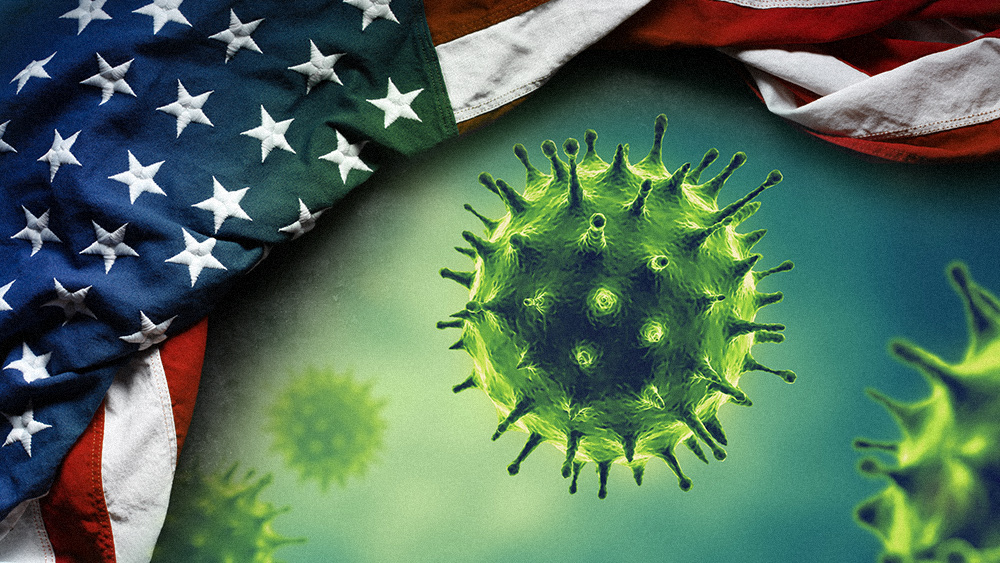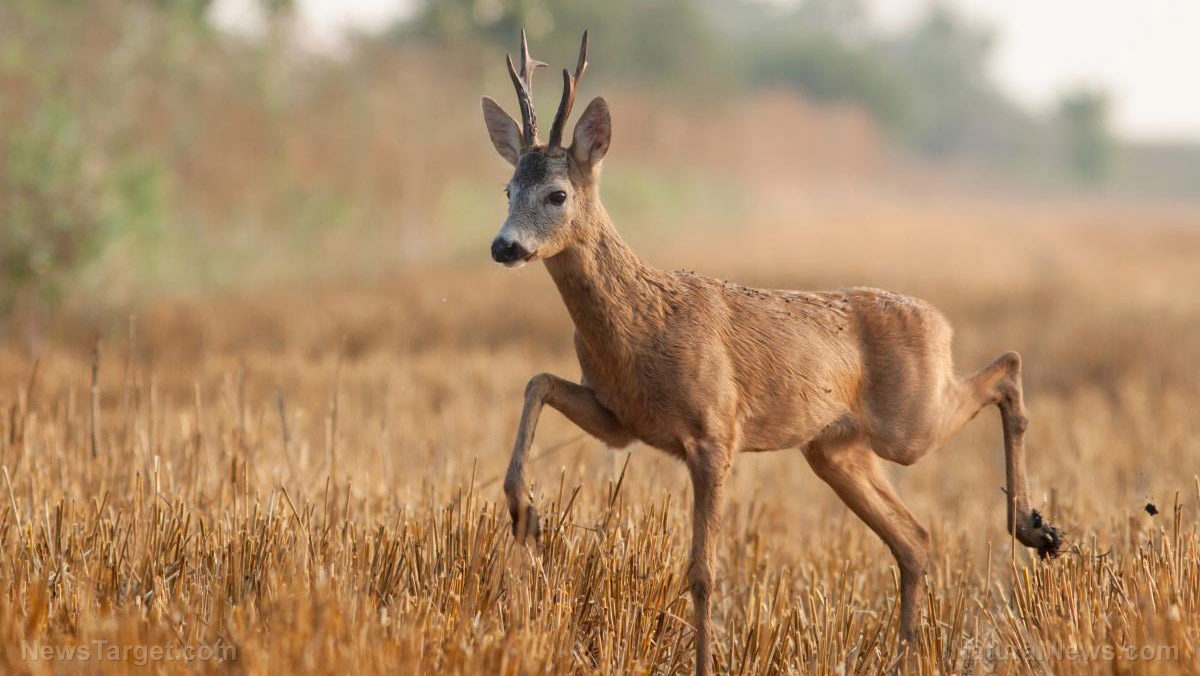Worst extinction since the dinosaurs: Total biomass of flying insects down by a staggering 76%, warn German researchers
02/24/2020 / By Michael Alexander

We are in the middle of an extinction phase. The animals in danger of extermination? Flying insects.
This is according to entomology enthusiast Martin Sorg, president of the Amateur Entomology Society of Krefeld, who, over the last 37 years, collected 80 million insects from the German countryside. And while the Society’s collection is considered a world-class scientific treasure, it is also gaining a reputation as “evidence” of what is being described as one of Earth’s worst extinction phases since the Cretaceous-Paleogene extinction event 66 million years ago, which resulted in the eradication of dinosaurs.
According to Sorg, the total annual biomass of flying insects collected by him and several volunteers have plummeted by 76 percent since the Society first started its collection – a troubling scenario that can disastrously impact global food chains and habitats.
“We only became aware of the seriousness of this decline in 2011, and every year since then we have seen it get worse,” Sorg said, noting that at the time, the news did not make major waves outside of ecological circles as concern about biodiversity loss focused mostly on larger species.
Although the exact roots of the massive die-off have not yet been made clear, Sorg is adamant that humans are to be blamed. “The cause is anthropogenic, there’s no doubt about it,” Sorg said, pointing to continued pesticide use, unchecked industrialization and habitat destruction.
This is echoed by researchers Francisco Sánchez-Bayo and Kris Wyckhuys, who recently published the first synthesis of 73 studies on entomological fauna around the world over the past 40 years.
In that meta-study, which covered locations ranging from Costa Rica to southern France, Sánchez-Bayo and Wyckhuys calculated that over 40 percent of insect species are threatened with extinction, and that each year about one percentage point is added to the list.
And it appears that this extinction threat isn’t just wide-ranging – it’s also happening quite rapidly. (Related: Bee warfare: Domesticated honey bees spread viruses on plants, driving wild bumblebees to extinction.)
“In 10 years you will have a quarter less, in 50 years only half left and in 100 years you will have none,” Sánchez-Bayo said in an interview with The Guardian.
Sánchez-Bayo noted that the effects of insect eradication will weigh heavily on the many birds, reptiles, amphibians, fish and other animals that prey on the creatures. “If this food source is taken away, all these animals starve to death,” Sanchez-Bayo, a researcher from the University of Sydney, in Australia, said.
According to the two researchers, habitat change caused by deforestation, urbanization and conversion to farmland emerged as the biggest cause of insect decline – and by a large margin. This is followed by pollution and the heavy use of pesticides and fertilizers in commercial agriculture, as well as the introduction of invasive species, among others.
“The main cause of the decline is agricultural intensification,” Sánchez-Bayo told The Guardian. “That means the elimination of all trees and shrubs that normally surround the fields, so there are plain, bare fields that are treated with synthetic fertilizers and pesticides.”
Sánchez-Bayo added that insect decline appears to have started at the dawn of the 20th century, sped up during the 1950s and 1960s, and then reached “alarming proportions” over the last two decades.
In addition, Sánchez-Bayo thinks new classes of insecticides introduced in the last 20 years, such as neonicotinoids and fipronil, have been particularly damaging since they persist in the environment and “…sterilize the soil, killing all the grubs.” According to Sánchez-Bayo, this has effects even in what would appear to be pristine environments – a particularly sobering fact given that the insect losses recorded in Germany by Sorg and company were in protected nature reserves.
“The conclusion is clear,” Sánchez-Bayo and Wyckhuys wrote in their study. “Unless we change our ways of producing food, insects as a whole will go down the path of extinction in a few decades,” the researchers said.
Sources include:
Tagged Under: animals, biodiversity, biomass, Collapse, conservation, ecology, environ, environment, extinction, insects, research, wildlife
RECENT NEWS & ARTICLES
SHTF.News is a fact-based public education website published by SHTF News Features, LLC.
All content copyright © 2018 by SHTF News Features, LLC.
Contact Us with Tips or Corrections
All trademarks, registered trademarks and servicemarks mentioned on this site are the property of their respective owners.



















